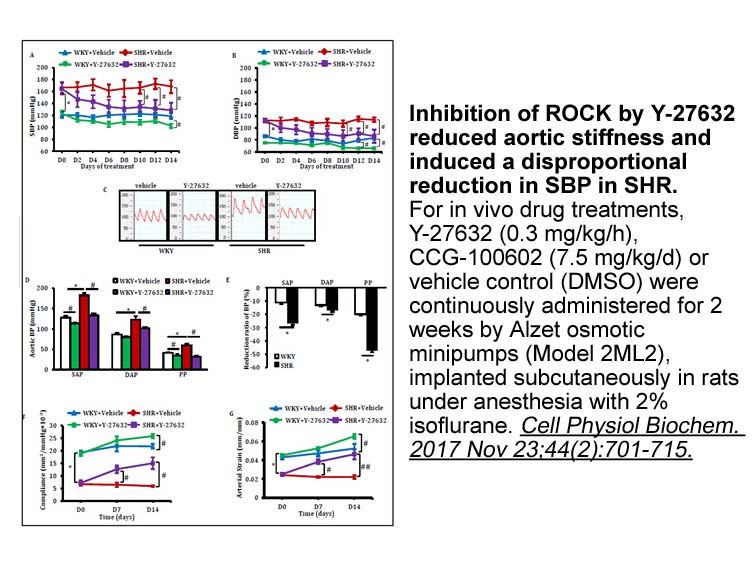Archives
Another amphetamine type psychostimulant fluoromethamphetami
Another amphetamine-type psychostimulant, 3-fluoromethamphetamine (3-FMA) is structurally categorized as a synthetic drug of substituted AMPH and characterized by fluorine at the 3 position of the phenyl group of MA. 3-FMA has been officially notified as a newly emerging designer drug in Finland, U.S.A, China, and New Zealand (EMCDDA, 2009, Kelleher et al., 2011, C.F.a.D.A, 2015, Samantha and Coward, 2016, Legislature, 2017). However, there has been no scientific information on the prevalence of 3-FMA in these countries. 3-FMA has been associated with increased risk of death in Finland, England and Wales (Vili et al., 2012, Statistics, 2015, Shapiro, 2016) and listed as a restricted drug in West Virginia, U.S.A (Laws, 2015). An earlier study has shown that L-Mimosine fluorinated derivatives of AMPH exhibited psychostimulant-like properties (Marona-Lewicka et al., 1995). In addition, the behavioral and neurotoxic effects induced by 3-FMA currently remain unknown.
Impaired dopaminergic systems associated with MA have been well-documented (Walsh and Wagner, 1992, Kim et al., 1999, Nakajima et al., 2004, Shin et al., 2012, Shin et al., 2017b, Dang et al., 2016, Dang et al., 2017b). Previous reports have suggested that early MA use may be linked to higher risk for Parkinson\'s disease development (Callaghan et al., 2010, Callaghan et al., 2012, Curtin et al., 2015). Several studies have supported that exposure to MA causes persistent neurotoxicity in dopaminergic neurons, as evidenced by long-term reductions of dopamine transporter (DAT), decreases in the levels of DA and its metabolites, and tyrosine hydroxylase (TH) in the striatum (Yu et al., 2002, Xu et al., 2005, Zhu et al., 2005, Bowyer et al., 2008, Dang et al., 2016, Dang et al., 2017b, Shin et al., 2017a). Escalating evidence suggested that oxidative stress is a critical element in MA neurotoxicity (Jayanthi et al., 1998, Gluck et al., 2001, Iwashita et al., 2004, Shin et al., 2012, Shin et al., 2014, Dang et al., 2016). In addition, previous studies from our group (Shin et al., 2012, Shin et al., 2014, Dang et al., 2016) and others (Deng et al., 1999, Deng et al., 2001, Choi et al., 2002) demonstrated that MA treatment induces terminal deoxynucleotidyl transferase dUDP nick end labeling (TUNEL)-positive cells in the striatum. Further, numerous in vivo studies have demonstrated that neurotoxic dose of MA facilitates reactive microgliosis in the nigrostriatal area, possibly leading to neuronal injury (Thomas et al., 2004, Fantegrossi et al., 2008, Sekine et al., 2008, Dang et al., 2016).
al., 2004, Shin et al., 2012, Shin et al., 2017b, Dang et al., 2016, Dang et al., 2017b). Previous reports have suggested that early MA use may be linked to higher risk for Parkinson\'s disease development (Callaghan et al., 2010, Callaghan et al., 2012, Curtin et al., 2015). Several studies have supported that exposure to MA causes persistent neurotoxicity in dopaminergic neurons, as evidenced by long-term reductions of dopamine transporter (DAT), decreases in the levels of DA and its metabolites, and tyrosine hydroxylase (TH) in the striatum (Yu et al., 2002, Xu et al., 2005, Zhu et al., 2005, Bowyer et al., 2008, Dang et al., 2016, Dang et al., 2017b, Shin et al., 2017a). Escalating evidence suggested that oxidative stress is a critical element in MA neurotoxicity (Jayanthi et al., 1998, Gluck et al., 2001, Iwashita et al., 2004, Shin et al., 2012, Shin et al., 2014, Dang et al., 2016). In addition, previous studies from our group (Shin et al., 2012, Shin et al., 2014, Dang et al., 2016) and others (Deng et al., 1999, Deng et al., 2001, Choi et al., 2002) demonstrated that MA treatment induces terminal deoxynucleotidyl transferase dUDP nick end labeling (TUNEL)-positive cells in the striatum. Further, numerous in vivo studies have demonstrated that neurotoxic dose of MA facilitates reactive microgliosis in the nigrostriatal area, possibly leading to neuronal injury (Thomas et al., 2004, Fantegrossi et al., 2008, Sekine et al., 2008, Dang et al., 2016).
Materials and methods
Results
Discussion
In the present study, we demonstrated that treatment with 3-FMA or MA resulted in hyperthermia, oxidative stress, microglial activation (microglial differentiation into M1 phenotype), and pro-apoptotic changes, followed by dopaminergic impairments (i.e., increase in DA turnover rate, and decreases in TH level, DAT-, and VMAT-2-expression) with behavioral impairments. We observed that dopamine D1 receptor mediates 3-FMA-induced neurotoxicities as well as mortality. In contrast, both dopamine D1 and D2 receptors mediate MA-induced hyperthermia, neurotoxicity and behavioral impairments; however, dopamine D2 receptor activation is more pronounced than dopamine D1 receptor activation in MA-induced neurotoxic consequences. Our finding reflects on the specific role for the dopamine receptors in the neurotoxic effects induced by amphetamine derivatives (Fig. 8).